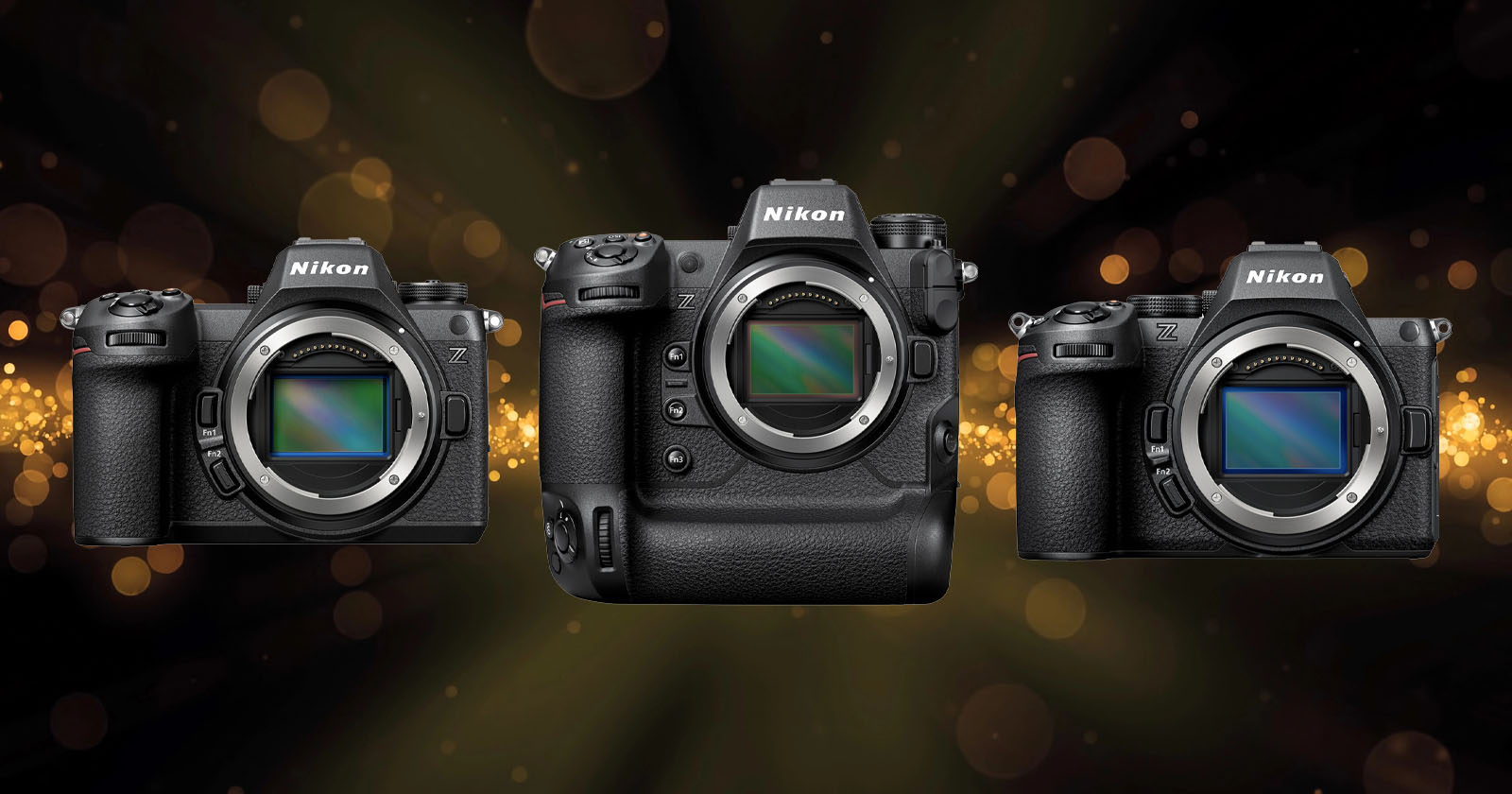
For the past several years, Nikon has repeatedly surprised with how low it prices its cameras. It started with the very aggressively-priced Nikon Z9 and has continued through until earlier this month with the launch of the ZR.
The Nikon ZR finds itself in a position to compete directly against the $4,300 Sony FX3, the $3,200 Panasonic Lumix S1 II, and Canon’s new $3,900 C50, but comes in at a significant discount by comparison — it costs significantly less than all three alternatives at $2,200.
PetaPixel spoke with Takashi Aihara,General Manager of the UX Planning Department Imaging Business Unit at Nikon, at the IBC Conference in Amsterdam earlier this month, who explained that the relative low price of Nikon equipment isn’t based on special access to parts or manufacturing secrets, but rather company philosophy.
“From our perspective, it’s not really ‘special’ pricing, but it is a price that comes naturally as we think about our target audience,” he explains.
“Our pricing is not really relevant to component cost at all, but it’s more for our aim to offer the opportunities to wide audience — for especially the youth. We’d like many people to experience our cinema industry standard workflow — especially R3D NE, internal RAW recording, and post-production — with much more flexibility and creativity. That’s our aim.”
Aihara says that the company has repeatedly shown a desire to offer cameras that are feature-rich but come in at a lower price in the past, and the ZR is just the latest example.
“We have already expressed the passion in supply our mirrorless cameras such as Z5 II and Z6 III at a relatively lower price, but we offer RAW video recording functions in those series nonetheless. And in addition to the previously existing RAW recording codec, our new cinema cameras have the new RAW codec which expands the user experience to the top level of cinema production quality thanks to RED color science,” he says
“The reason why can make it happen is actually thanks to the EXPEED 7 image processing technology. It enables us to develop such a high performance camera in efficient way, with a relatively lower price.”
In short, a mix of Nikon’s technology and the desire to give more people the ability to experience its cameras has led to the low cost of camera bodies. Nikon has indicated that it wants to keeps its cameras prices as low as possible so that more people can afford to use the equipment. That’s a sentiment that is quite unusual in this day and age, and refreshing to hear.



